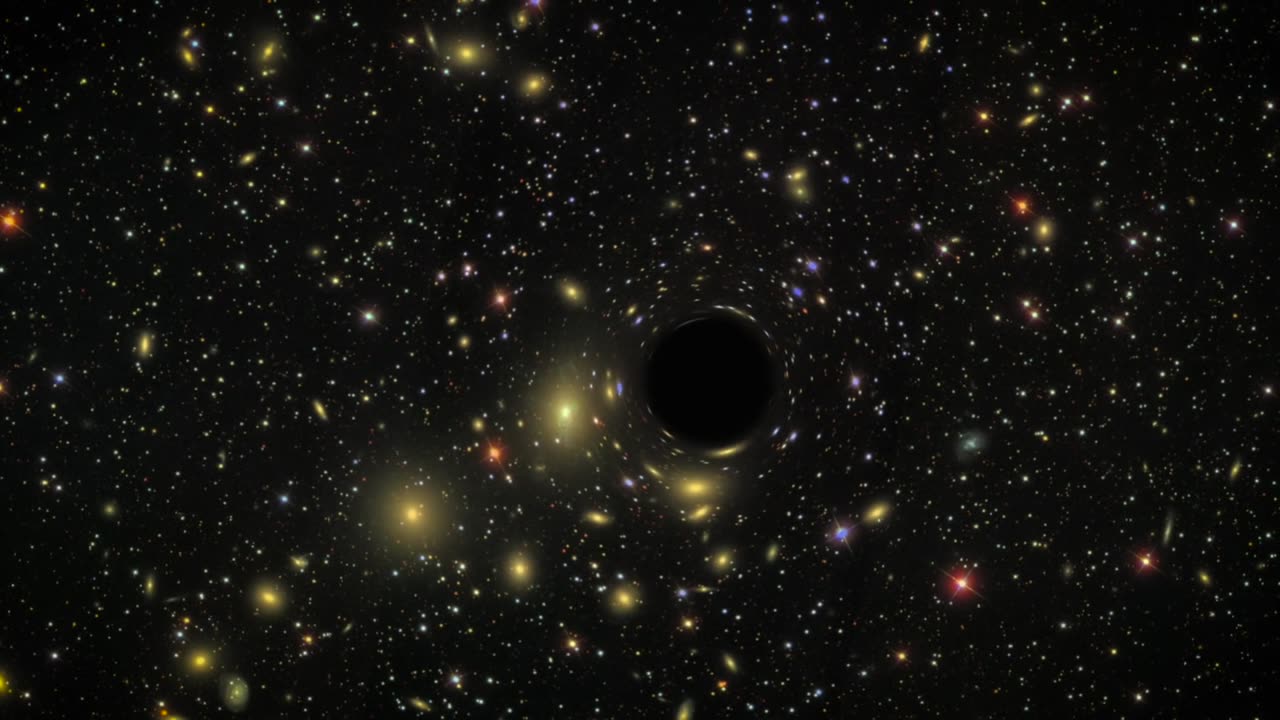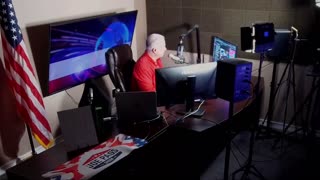Premium Only Content

X-ray Echoes Map a Black Hole’s Disk : Space Exploration
Some 3.9 billion years ago in the heart of a distant galaxy, the tidal pull of a monster black hole shredded a star that wandered too close. X-rays produced in this event first reached Earth on March 28, 2011, when they were detected by NASA's Swift satellite. Within days, scientists concluded that the outburst, now known as Swift J1644+57, represented both the tidal disruption of a star and the sudden flare-up of a previously inactive black hole.
Now astronomers using archival observations from Swift, the European Space Agency's XMM-Newton observatory and the Japan-led Suzaku satellite have identified the reflections of X-ray flares erupting during the event. Led by Erin Kara, a postdoctoral researcher at NASA's Goddard Space Flight Center in Greenbelt, Maryland, and the University of Maryland, College Park, the team has used these light echoes, or reverberations, to map the flow of gas near a newly awakened black hole for the first time.
Swift J1644+57 is one of only three tidal disruptions that have produced high-energy X-rays, and to date it remains the only event caught at the peak of this emission. While astronomers don't yet understand what causes flares near the black hole, when one occurs they can detect its echo a couple of minutes later as its light washes over structures in the developing accretion disk. The technique, called X-ray reverberation mapping, has been used before to explore stable disks around black holes, but this is time it has been applied to a newly formed disk produced by a tidal disruption.
Swift J1644+57's accretion disk was thicker, more turbulent and more chaotic than stable disks, which have had time to settle down into an orderly routine. One surprise is that high-energy X-rays arise from the innermost regions of the disk instead of a narrow jet of accelerated particles, as originally thought.
The researchers estimate the black hole has a mass about a million times that of the sun. They expect future improvements in understanding and modeling accretion flows will allow them to measure the black hole's spin using this data.
Music:" The Orion Arm" and "Particle Acceleration," both from Killer Tracks.
Credit: NASA's Goddard Space Flight Center/Scott Wiessinger
Read more: http://www.nasa.gov/feature/goddard/2...
This video is public domain and along with other supporting visualizations can be downloaded from the Scientific Visualization Studio at: http://svs.gsfc.nasa.gov/12265
Credits: NASA
-
 1:00:41
1:00:41
Donald Trump Jr.
9 hours agoMake Main St Great Again, Interviews with Alex Marlow & John Phillips | TRIGGERED Ep.233
138K49 -
 1:45:23
1:45:23
megimu32
4 hours agoON THE SUBJECT: 2008 Called.. It Wants Its Chaos Back!
28.7K5 -
 1:01:53
1:01:53
BonginoReport
7 hours agoPolitical Violence on the Rise in America - Nightly Scroll w/Hayley Caronia (Ep.26) - 04/14/2025
101K63 -
 LIVE
LIVE
BlackDiamondGunsandGear
1 hour agoThey Don’t want you to Purchase 2A Related Products?
117 watching -
 DVR
DVR
Joe Pags
4 hours agoThe Joe Pags Show 4-14-25
58.2K -
 56:14
56:14
Sarah Westall
5 hours agoGlobal Agenda: Starve Small Business of Funds w/ Bruce De Torres
53.8K12 -
 2:17:29
2:17:29
2 MIKES LIVE
7 hours ago2 MIKES LIVE #205 with guest Nick Adams!
39.8K -
 54:38
54:38
LFA TV
11 hours agoThe Bread of Life | TRUMPET DAILY 4.14.25 7PM
46.2K10 -
 37:52
37:52
Kimberly Guilfoyle
6 hours agoThe Trump Effect, Plus More Scandals for Leticia James, Live with Roger Stone | Ep213
67.4K26 -
 1:13:45
1:13:45
Kim Iversen
6 hours agoWe're LOSING The Tariff War With China, How Our Elites Sold Us Out | Oct 7th Rape COVERUP
93K173